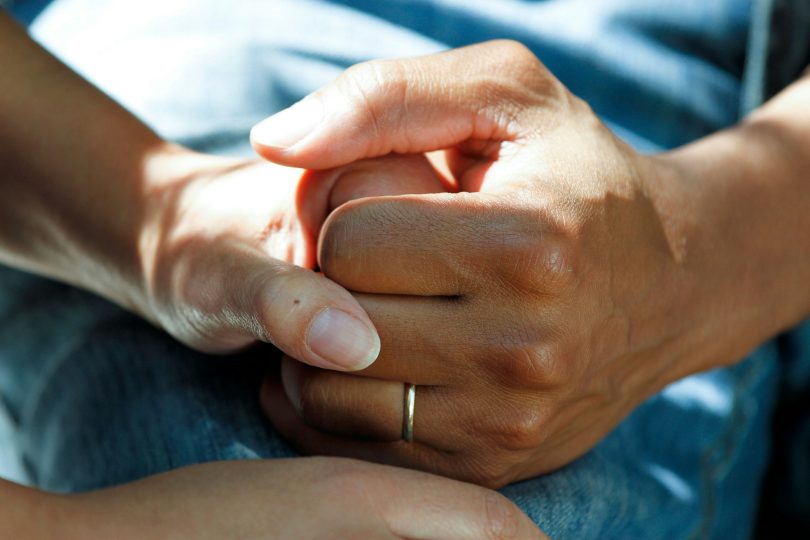A new study of Medicare cancer patients published in the Journal of Clinical Oncology finds that patients with lower incomes who receive a Medicare Part D Low-Income Subsidy (LIS) through the Extra Help program, are less likely to get optimal care, reports Medscape. These lower income individuals too often do not get systemic cancer therapy as compared to individuals with higher incomes not in the LIS program. People in the LIS program are more likely to get treatment that is not recommended.
The goal of the Medicare Low-Income Subsidy or Extra Help program is to promote health equity. However, many people with low incomes who qualify for the program either do not know it exists or face too many barriers applying for it. As a result, around half of all people eligible are not enrolled in it.
To qualify for Extra Help, you must apply through your state Medicaid office. However, you will be automatically enrolled if you have Medicaid, receive Supplemental Security Income benefits or are enrolled in a Medicare Savings Program.
This new observational study of cancer patients suggests that those who are enrolled in the LIS program still face financial barriers to care that prevent them from getting the systemic cancer treatment they need. The LIS program helps offset the cost of oral prescription drugs under Medicare Part D for people with incomes up to 150 percent of the federal poverty level. The LIS program does not help offset the costs of drugs administered by physicians under Medicare Part B.
However, many people in the LIS program also qualify for a Medicare Savings Program. There are a few programs to help with Medicare Part A and Part B out-of-pocket costs, depending upon your income. Some pay the deductibles and coinsurance. To apply, contact your state Medicaid office.
Also, as of January 1, 2023, a new Medicare prescription drug law could help offset coinsurance costs for some drugs and biologicals under Medicare Part B.
Of the group studied, more than 40 percent did not receive systemic therapy for their cancer. Those who did not receive systemic therapy were more likely to be among those in the LIS program. Moreover, of those who did receive systemic therapy, those in the LIS program were more likely to receive inferior care.
The study authors posit that the inferior care for the LIS cohort stems from financial barriers.
Here’s more from Just Care:
- 2024: Programs that lower your health care costs if you have Medicare
- Medicare Advantage insurers increasingly use step therapy for cancer drugs, delaying care
- New report finds alcohol is likely responsible for rise in cancer rates
- Cancer screenings bring benefits at substantial cost
- Some foods could help reduce your risk of cancer










